How Long Do Lilac Bushes Live – Dying Signs & Fixes
Lilacs typically live for 20-30 years, but certain specimens have been known to exceed five decades or even longer, showcasing their potential for extended lifespans under optimal conditions and care.
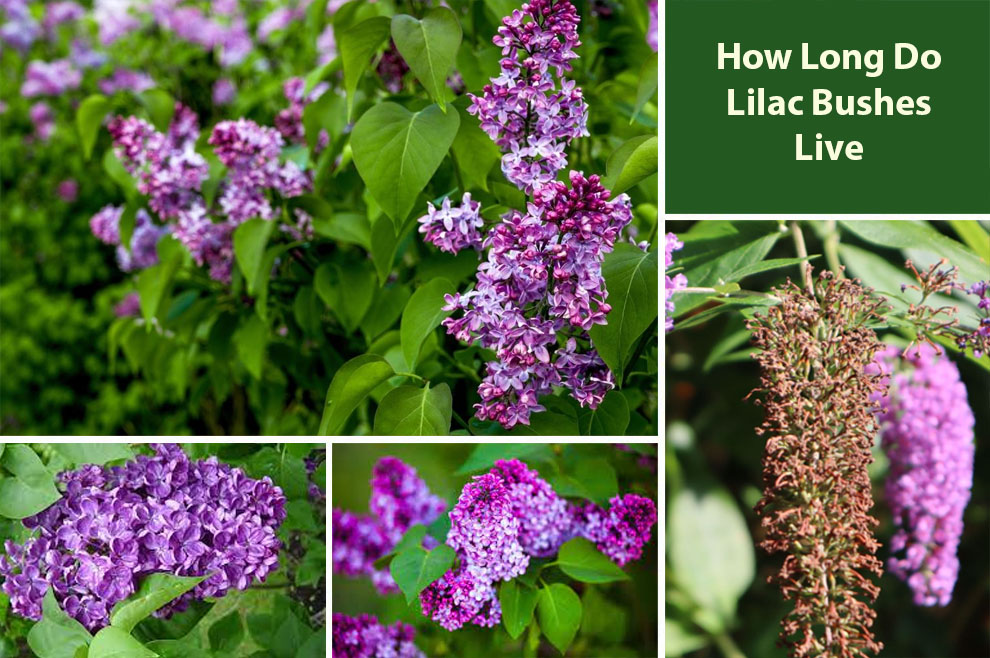
Lilac bushes are known for their vibrant and fragrant blossoms. Lilacs grace gardens with their beauty for several decades, and in some rare cases, over a century.
These hardy shrubs from the Syringa genus are native to parts of Asia and Europe. They are typically famous for their longevity, leaving many to ponder, ‘How long do lilac bushes live?’
Well, their lifespan can vary depending on multiple factors, such as care and growing conditions, but it wouldn’t be wrong to say lilac bushes live long, on average, ranging from two to three decades.
With proper maintenance and care, they can thrive and continue to blossom for many years. But it is typical to spot lilac bushes that have surpassed the century mark, with some specimens over 100 years old.
The longevity of the lilac bushes is attributed to their ability to endure different environments and relatively low maintenance requirements.
With adequate sunlight, regular pruning, occasional feeding, and well-drained soil, these beautiful shrubs can continue to enchant nature enthusiasts and gardeners for generations to come.
How Long Do Lilacs Live?
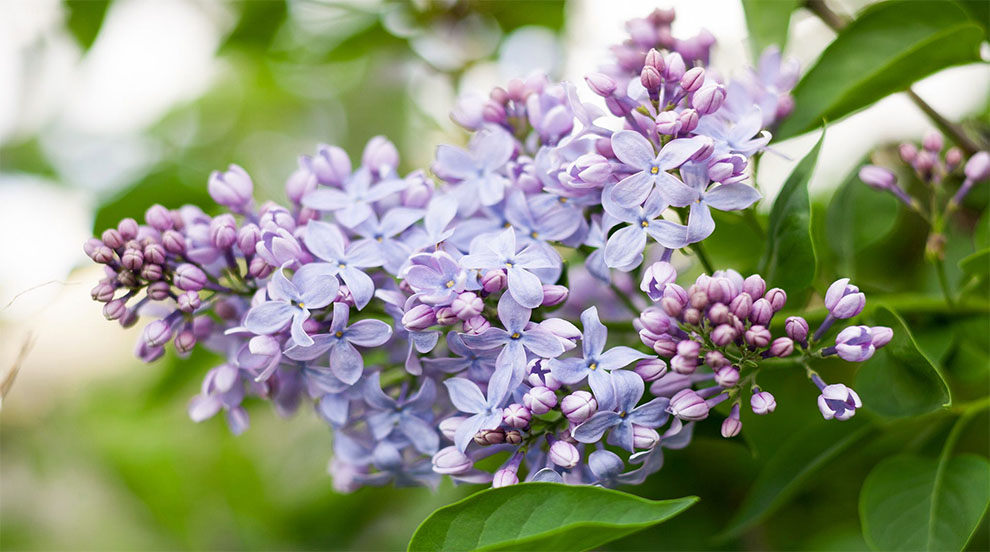
Lilac varieties typically have a lifespan that ranges from 25 years to over 50 years, primarily depending on the growing and care conditions.
Some lilacs are known to live for over a century when offered the right care conditions. But this longevity is influenced by several factors. Well-drained soil, adequate sun, and regular pruning are imperative for lilacs’ vitality and health.
Beyond this, fertilization and proper watering also add to their longevity. In addition, guarding the lilacs against diseases and pests also contributes to healthy growth.
But please note that the individual lilac bushes might vary in their lifespan, even within the same variety.
Thus, by providing attentive care and ideal growing conditions, gardeners can maximize lilacs’ lifespan and enjoy these alluring shrubs for several years.
Related: How To Split Lilac Bushes?
Examples of Some Exceptionally Long Lilac Lifespan
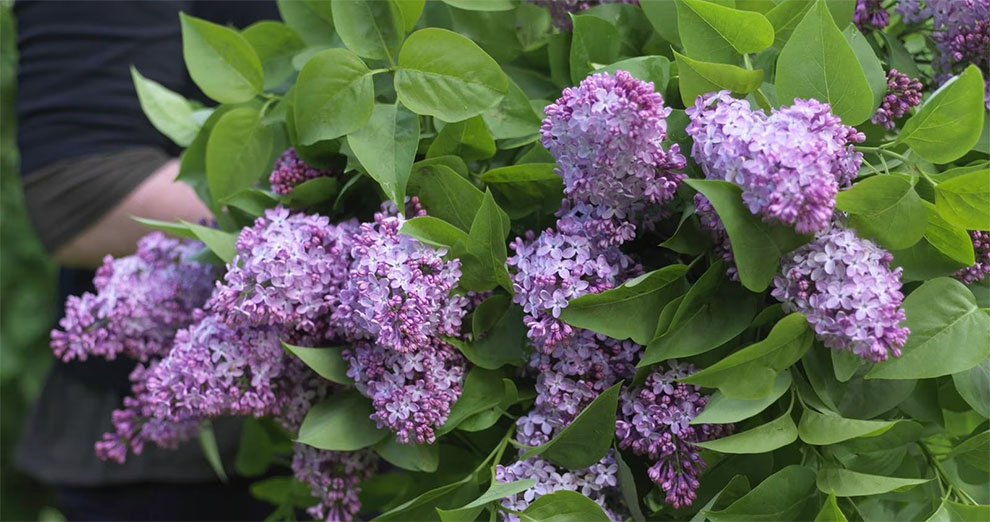
On average, lilacs live between two to three decades, but you can find some long-lived lilacs that surpass this norm.
Of course, these are rare, but they are a remarkable example of the longevity and resilience of lilac varieties.
According to ‘Harvard University,’ one of the oldest lilacs is said to still exist at North America’s “Governor Wentworth Estate.” Those are said to be planted around the 1750s.
Another one of the long-lived lilacs is the Arnold Arboretum’s collection in North America.
Why Are My Lilac Bushes Dying?
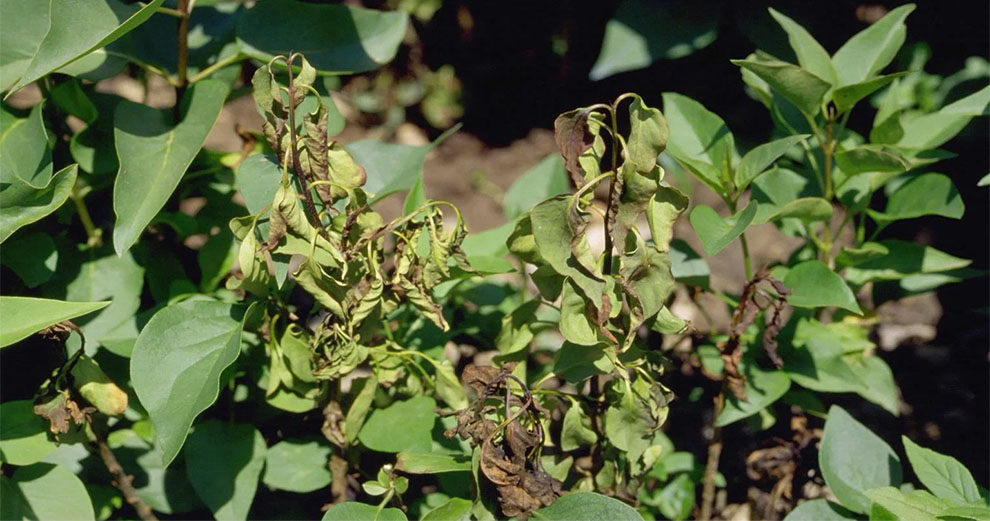
If your lilacs do not live to the full lilac tree’s lifespan, it could be because of multiple factors and shortcomings at your end. Here are a few of them:
1. Insufficient care: Lilacs need specific care to thrive. Improper pruning, deficient sunlight, inadequate watering, or over or under-feeding the bushes can be the primary reasons for their decline.
2. Pest and disease attack: Lilacs are susceptible to many diseases and pests, such as bacterial blight, powdery mildew, and lilac borers. These weaken the plant and may even kill them if you do not take measures to tackle the problem areas.
3. Environmental stress: Drought, extreme temperatures, and excessive exposure to wind stress the lilac bushes, making them susceptible to decline and diseases.
4. Soil conditions: Lilacs thrive in well-drained soil. So, if your soil lacks vital nutrients or retains excessive moisture, it directly impacts the plant’s vitality and health.
5. Age and natural lifespan: Like any other plant, even lilac bushes have a natural lifespan. When your lilacs turn older, they may naturally decline and die.
To determine the specific reasons for their decline, you must examine the plants to assess the growing conditions and signs of pests or diseases and evaluate your care practices.
If you are aware of how long do lilac trees live and feel you are doing it all right, consult a local gardening expert or an arborist in case of a problem. They can assess the situation and suggest remedial actions to revive or replace the bushes.
| Did You Know?
Spiritual meaning of lilacs: It is usually associated with the end of a cycle and the beginning of a new one, symbolizing the act of letting go, looking forth to desired outcomes, and embracing new beginnings. Biblical meaning of lilac: In Christianity, lilacs symbolize the resurrection of Christ
|
Signs of An Aging and Declining Lilac Plant
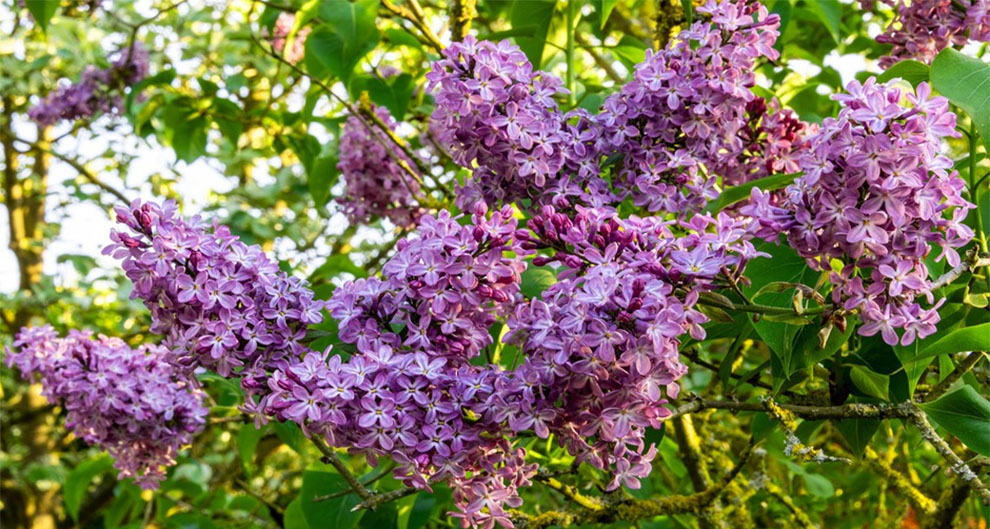
A. Physical signs of an aging lilac
These include:
1. Branch dieback: Gradually, the lilac branches die back, meaning they do not produce flowers or leaves, resulting in a patchy or uneven appearance in the bush.
2. Thinning herbage: As the lilac bushes age, they may experience thinning foliage. You may see the leaves become smaller or sparse. It can stem from natural aging or other factors like nutrient deficiencies.
3. Decreased blooming: As the lilacs age, they produce fewer blooms, and their flowers may become smaller or less vibrant. This decline in blooming is a prevalent sign of physical aging.
B. Common diseases and pests
Lilacs can be susceptible to different pests and diseases that can be responsible for their decline. Some such issues include:
1. Lilac borers: These insect pests bore into the lilac branches and stems, causing damage to the plant’s structure and weakening the bushes.
2. Powdery mildew: It is a fungal disease resulting in a dusty, white coating on the leaves. It affects the lilac’s health and eventually results in their defoliation if you do not take prompt remedial actions.
3. Aphids: They are minute insects that feed on the lilac plants’ sap. They lead to curled or distorted leaves, the potential spread of viral diseases, and stunted growth.
C. Environmental stressors
Some environmental factors can also be responsible for the decline of lilac bushes. These are as follows:
1. Drought: Extended drought periods or insufficient watering leads to leaf drop, wilting, and an overall decline in the plant’s health
2. Extreme temperatures: Too hot or cold climates stress the lilac bushes, resulting in wilting, leaf scorch, and overall decline.
3. Soil conditions: Compacted soil, nutrient deficiencies, and poor soil drainage impact the lilac bushes’ vitality and health, making them susceptible to decline.
How To Extend Lilac Lifespan?
Here are some tips to extend the lifespan of your lilac trees:
1. Proper planting: Grow your lilac in a suitable location by picking an area with adequate sunlight and well-drained soil. Do not opt for areas susceptible to excessive shade or waterlogging, as these conditions stress the plants.
2. Adequate watering: Provide your bushes with consistent and regular watering, especially during dry periods. Lilacs cherish moist, not waterlogged soil. So deep watering, ensuring the water reaches the roots, does better for the plants than frequent and shallow watering.
3. Mulching: Apply a thick organic mulch layer around the base to regulate soil temperature, retain moisture, and suppress weed growth. Try maintaining a mulch layer of approximately two to four inches, but ensure it does not directly touch the trunk.
4. Prune properly: Prune the lilac trees regularly to eliminate diseased or dead branches, encourage new growth, and promote airflow. Consider pruning immediately after the flowering period, ideally in early summer.
5. Fertilizing Lilacs: Use a balanced plant food exquisitely formulated for trees and shrubs in late fall or early spring. Please read the package instructions and follow them to the T to avoid over/under fertilization.
6. Pest and disease management: Examine your lilac trees for signs of pests and diseases and take prompt action if you note any issues.
7. Environmental protection: Cover your lilac trees from extreme weather conditions like heavy snow loads or strong winds to minimize stress.
8. Renewal pruning: Every few years, adopt renewal pruning to rejuvenate an aging lilac. It involves removing unproductive and old wood. It stimulates new and better lilac growth rate.
